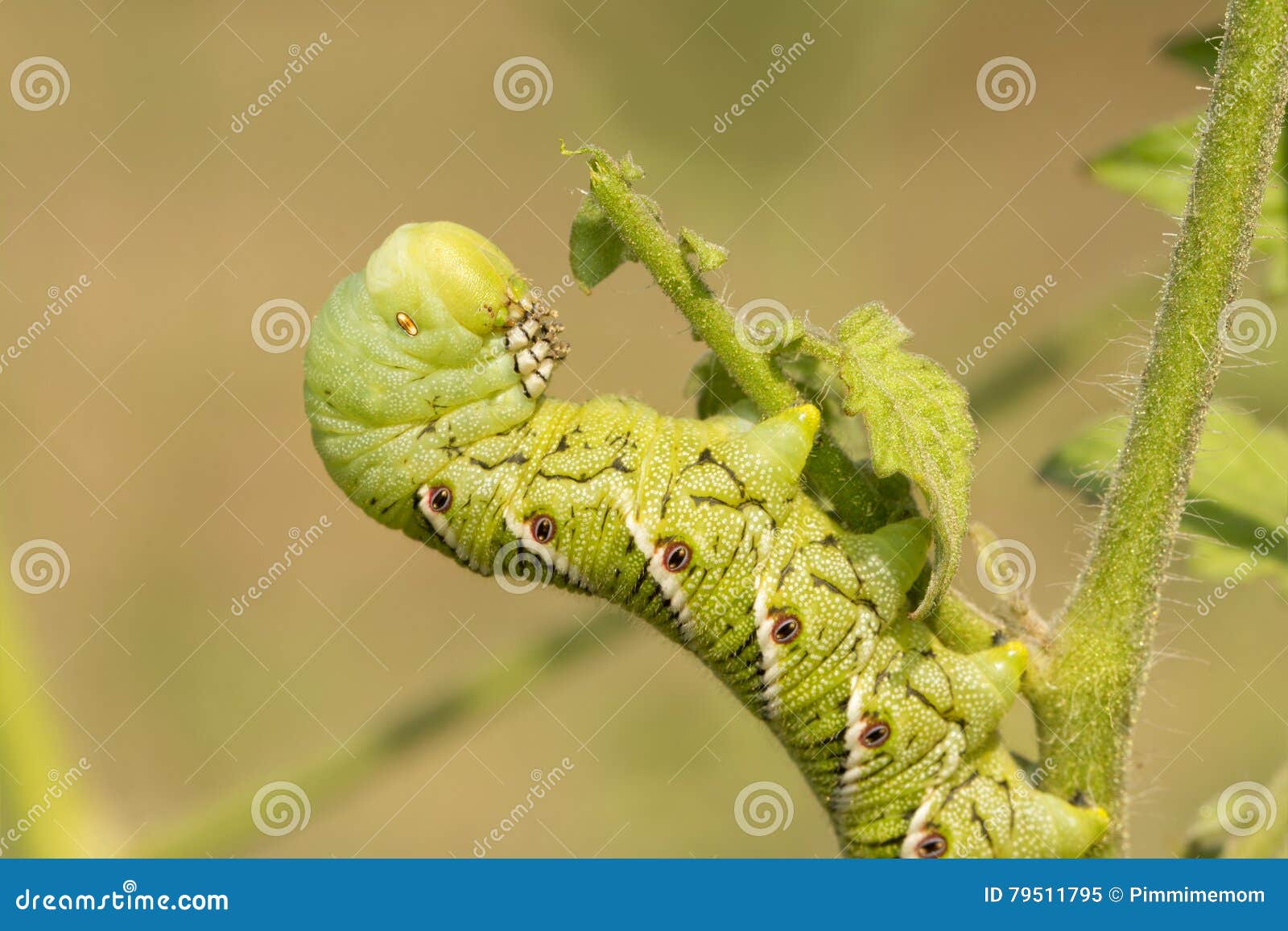

The diameters of major tracheae in the thorax increased isometrically with body mass. However, abdominal pumping and tracheal compression were only observed in larger, older caterpillars (>0.2 g body mass), suggesting that this hypoxic response increases during ontogeny. During abdominal pumping, both the compression frequency and fractional change in diameter of tracheae increased with body mass. Compression of tracheae induced by abdominal pumping drives external gas exchange, as evidenced by the high correlation between CO 2 emission peaks and body movements.

Using synchrotron X-ray imaging in conjunction with high-speed flow-through respirometry, we show that Manduca sexta caterpillars cyclically contract their bodies in response to hypoxia, resulting in significant compressions of the tracheal system. Abdominal pumping in caterpillars has only been documented during molting.


 0 kommentar(er)
0 kommentar(er)
